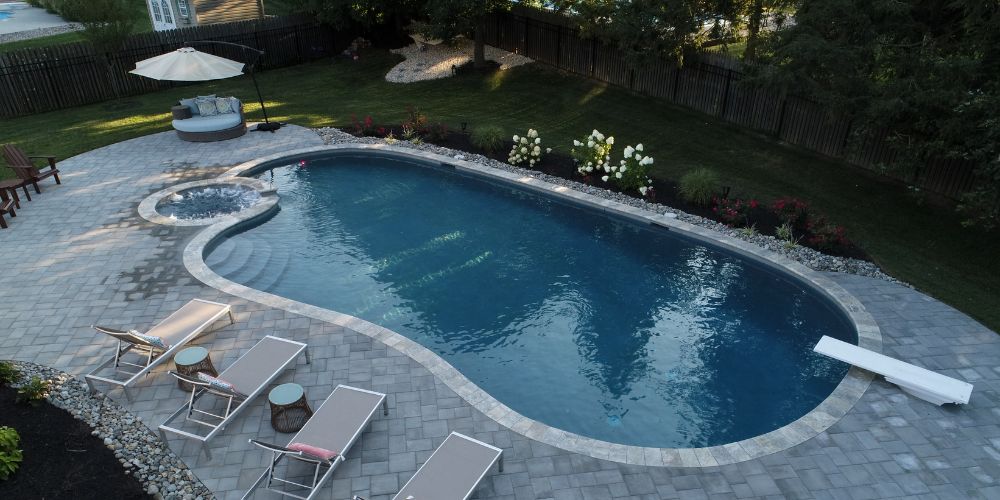Understanding Papaya Plants
Overview of Papaya
Papaya is a tropical fruit-bearing plant native to Central America. It is characterized by its large, lobed leaves and a single, hollow trunk. The plant can grow up to 30 feet tall, although most cultivated varieties are much shorter. Papayas produce sweet, nutritious fruit that is rich in vitamins A, C, and E, as well as dietary fiber.
Types of Papaya Plants
There are three primary types of papaya plants based on their reproductive structures:
- Female Plants: These produce fruit but require pollen from male plants for fertilization.
- Male Plants: These do not produce fruit but produce pollen needed for female plants.
- Hermaphrodite Plants: These possess both male and female flowers, allowing them to self-pollinate and produce fruit without needing a male plant.
Sunlight Requirements for Papaya Plants
Full Sun Exposure
Papaya plants thrive in full sun, requiring 6 to 8 hours of direct sunlight daily. This exposure is crucial for the following reasons:
- Photosynthesis: Sunlight is essential for the photosynthesis process, which enables the plant to convert light into energy, promoting growth and fruit production.
- Fruit Sweetness: Adequate sunlight exposure is directly linked to the sweetness of the fruit. Papayas grown in full sun tend to be sweeter and more flavorful than those grown in partial shade.
Tolerance to Shade
While papayas prefer full sun, they can tolerate partial shade, especially during the hottest parts of the day. Here are some considerations:
- Young Plants: Seedlings and young papaya plants benefit from some shade, particularly from harsh afternoon sun. This protection helps prevent sunburn and allows them to establish a strong root system.
- Mature Plants: As papaya trees mature, they can handle more direct sunlight but still benefit from some protection during peak sunlight hours, especially in extremely hot climates.
Risks of Insufficient Sunlight
Insufficient sunlight can lead to several problems for papaya plants:
- Poor Growth: Without adequate sunlight, papayas may exhibit stunted growth and reduced vigor.
- Reduced Fruit Production: Papayas grown in shady conditions often produce fewer fruits, and the quality of the fruit may be compromised.
- Increased Susceptibility to Pests and Diseases: Plants that do not receive enough sunlight may become weak and more susceptible to pests and diseases.
Optimal Growing Conditions for Papaya
Soil Requirements
Papayas thrive in well-draining, nutrient-rich soil. Here are some key points:
- Soil Type: A sandy loam or loamy soil is ideal, as it allows for good drainage while retaining moisture.
- pH Level: The ideal pH for papaya is between 5.5 and 7 (neutral). Conducting a soil test can help determine the pH level and necessary amendments.
Watering
Papayas require consistent moisture, but they do not tolerate waterlogged conditions. Here are some watering tips:
- Frequency: Water the plants deeply when the top inch of soil feels dry. Generally, this may mean watering once or twice a week.
- Signs of Overwatering: Yellowing leaves and root rot can indicate overwatering. Ensure that the soil drains well to prevent these issues.
Temperature and Humidity
Papayas thrive in warm temperatures, ideally between 70°F and 90°F (21°C to 32°C). They also prefer high humidity levels, making them well-suited for tropical climates.
Fertilization
Regular fertilization is essential for healthy growth and fruit production. Use a balanced fertilizer every few months, following the manufacturer’s instructions.
Table: Quick Reference for Growing Papaya
| Aspect | Recommendation |
|---|---|
| Sunlight | Full sun (6-8 hours daily) |
| Soil Type | Well-draining, nutrient-rich |
| pH Level | 5.5 to 7 |
| Watering | Deep watering when top inch is dry |
| Temperature | 70°F to 90°F (21°C to 32°C) |
| Humidity | High humidity preferred |
| Fertilization | Balanced fertilizer every few months |
Caring for Papaya Plants in Different Environments
Growing Papaya Outdoors
When planting papayas outdoors, choose a location that receives full sun and is sheltered from strong winds. Here are some tips:
- Planting Location: The south or southeast side of a building is ideal, as it provides warmth and protection.
- Spacing: When planting multiple papayas, space them at least 8 to 10 feet apart to allow for adequate air circulation.
Growing Papaya Indoors
Growing papaya indoors presents unique challenges and opportunities. Here are some considerations:
- Light Source: Place the papaya plant near a south-facing window to maximize sunlight exposure. If natural light is insufficient, consider using grow lights.
- Container Size: Use a large container (at least 15 to 20 gallons) to accommodate the plant’s root system.
- Humidity Control: Indoor environments can be dry, so consider using a humidifier or placing a tray of water near the plant to increase humidity.
FAQ Section
1. Do papaya plants prefer full sun or shade?
Papaya plants prefer full sun, requiring 6 to 8 hours of direct sunlight daily for optimal growth and fruit production. However, they can tolerate partial shade, especially when young.
2. Can papaya plants grow in shade?
While papaya plants can grow in shaded areas, they typically produce less fruit, and the quality may be compromised. Full sun is ideal for sweet, flavorful fruit.
3. What happens if papaya plants do not get enough sunlight?
Insufficient sunlight can lead to stunted growth, reduced fruit production, and increased susceptibility to pests and diseases.
4. How should I care for young papaya plants?
Young papaya plants benefit from some shade, particularly during the hottest parts of the day. Ensure they receive adequate moisture and nutrients to establish a strong root system.
5. What is the best soil type for growing papaya?
Papayas thrive in well-draining, nutrient-rich soil. A sandy loam or loamy soil with a pH level between 5.5 and 7 is ideal.
6. How often should I water my papaya plants?
Water papaya plants deeply when the top inch of soil feels dry. This typically means watering once or twice a week, depending on the climate.
7. Can I grow papaya indoors?
Yes, papayas can be grown indoors, but they require adequate sunlight, humidity, and a large container for healthy growth.
8. What type of fertilizer should I use for papaya plants?
Use a balanced fertilizer every few months to provide essential nutrients for healthy growth and fruit production.
Conclusion
Papaya plants thrive in full sun and require specific care to produce sweet, flavorful fruit. Understanding their sunlight requirements and providing the right growing conditions can lead to a successful harvest. Whether growing papayas indoors or outdoors, ensuring they receive adequate sunlight, water, and nutrients is essential for their health and productivity. For more detailed information on papayas, you can refer to the Wikipedia page on Papaya.



